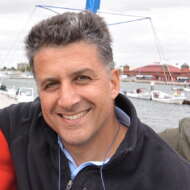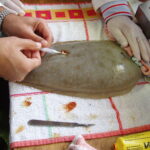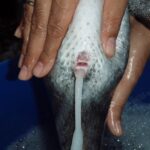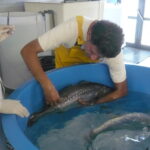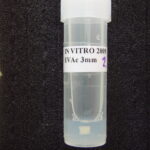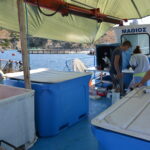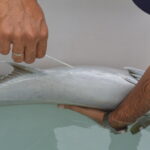Contact person
Name:Mylonas C. Costantinos
Position: Director
Telephone: +301234567890
Email: mylonas@hcmr.gr
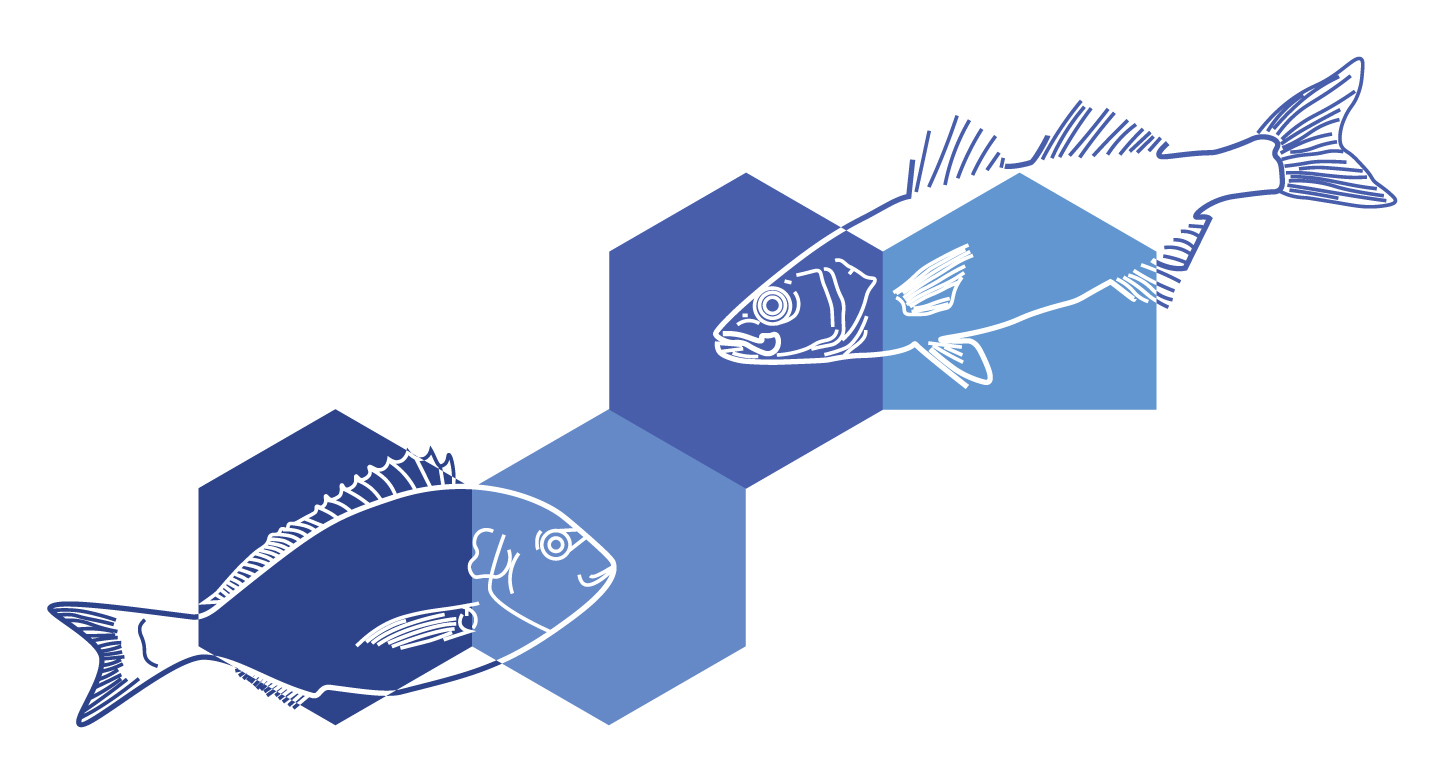
For more information on the activities and publications of this research direction visit fishrepro.weebly.com |
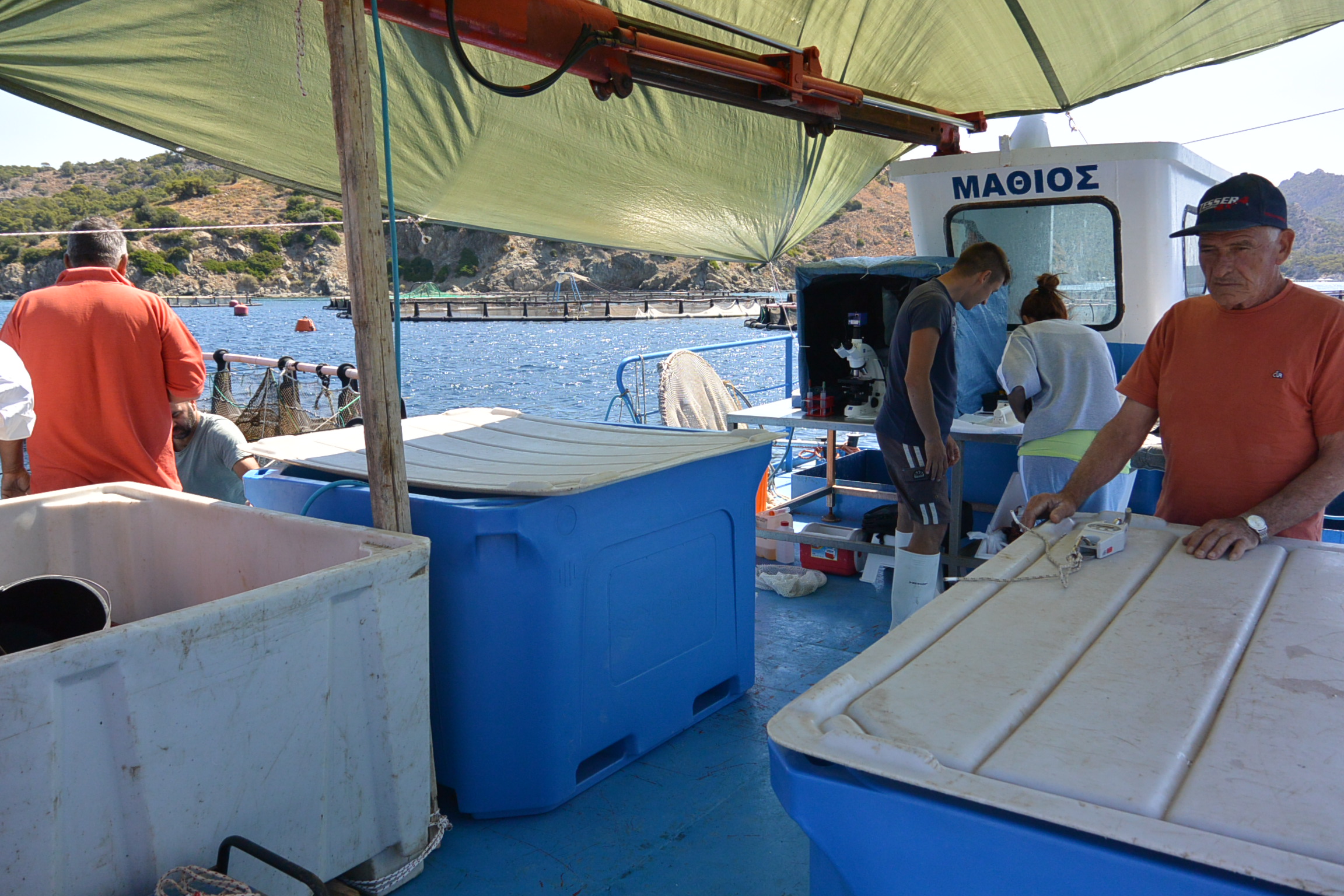
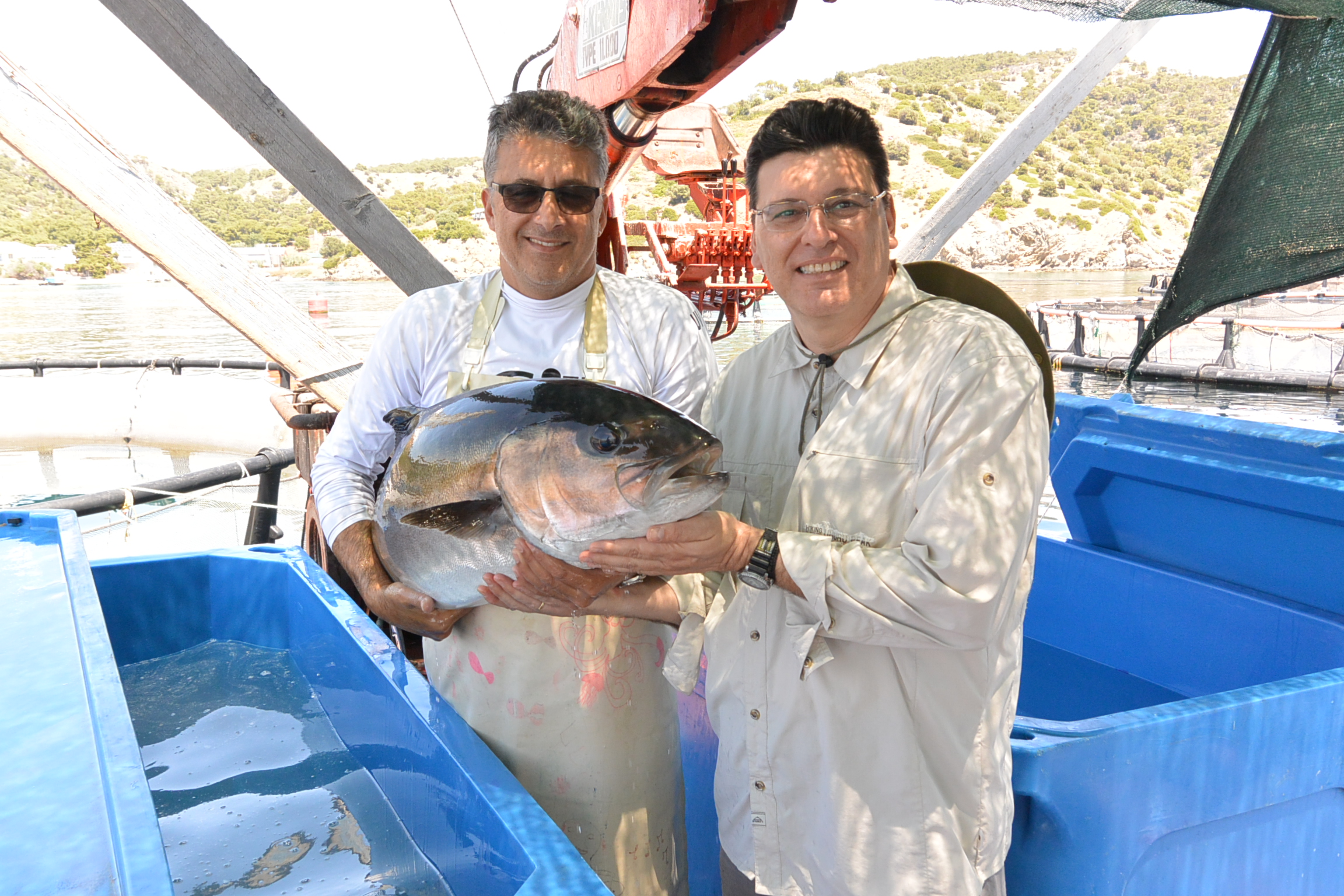
SPAWNING INDUCTION PROTOCOLS
Control of reproductive function of fish in a captive setting is an essential part of the sustainability of the commercial aquaculture industry and its production. Spawning induction protocols can be useful in a variety of applications in marine aquaculture:
- Some fish, especially at the early stage of domestication, may fail to undergo maturation, ovulation and spawning. In these fishes, hormonal spawning induction is the only method for the acquisition of fertilized eggs. Some examples include the meagre (Argyrosomus regius), shi drum (Umbrina cirrosa), greater amberjack (Seriola dumerili), dusky grouper (Epinephelus marginatus) and wreck fish (Polyprion americanus).
- Some fish species spawn spontaneously in captivity (e.g., European sea bass, Dicentrarchus labrax), but often spawning is either not consistent from broodstock to broodstock, or from year to year. In addition, maturation and spawning is not synchronous within a group of females, resulting often in small daily egg fecundity that is not adequate to satisfy the stocking needs of large hatcheries.
- Implementing breeding selection programmes requires either the pairing of specific individuals (e.g., single male with single females), or the maximization of parental contribution in a mass spawning selection programme, in order to create large numbers of families, thus avoiding in-breeding and enhancing selection.
In all these situations, hormonal spawning induction may be used to induce oocyte maturation and ovulation in a synchronized fashion in a selected broodstock, which could then be allowed to spawn spontaneously in their rearing tank, or be stripped manually of their eggs and be inseminated artificially, whichever is necessary.
The IMBBC provides species-tailored protocols for the induction of maturation, ovulation and spawning of a variety of marine fish species. Consulting services can range from (a) simply developing the protocol for an aquaculture operation; (b) training of broodstock management personnel in the application of the spawning induction protocol, to; (c) on-site implementation of the spawning induction protocol and training of personnel.
Customers
|
Nireus S.A., Greece Selonda, Greece Argosaronikos Fishfarming, Greece SAGRO Aquaculture LTD, Cyprus Kilic Aquaculture, Turkey |
Acqua Azzura, Italy Futuna Blue, Spain Clean Seas Tuna Ltd., Australia Marinazul, Peru KERBER, Brazil |
| Facilities |
| Research Directions |






